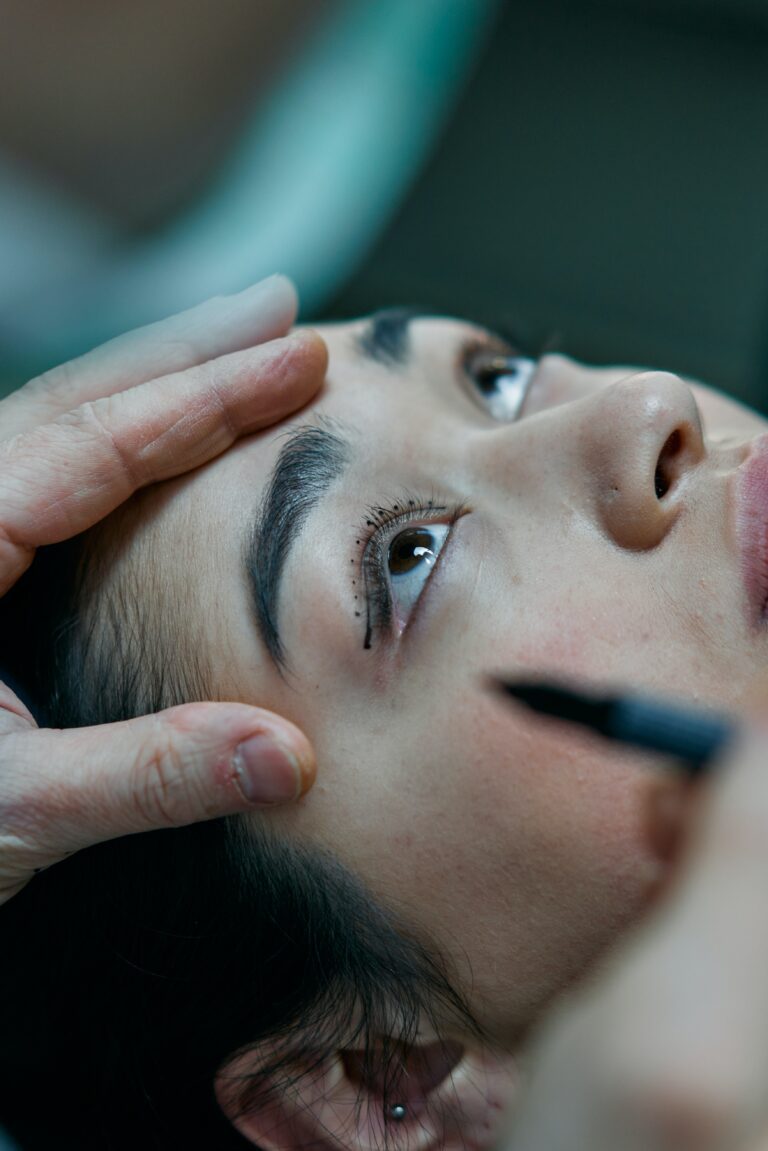What to Expect During Ophthalmic Exams: A Comprehensive Guide
Are you scheduled for an ophthalmic exam and wondering what to expect? From the moment you step into the ophthalmologist’s office to the various tests and procedures that will be performed, this comprehensive guide has got you covered. Whether you’re a first-timer or a regular patient, understanding what goes on during an ophthalmic exam can help alleviate any fears or uncertainties. Let’s find out in detail in the article below and I’ll tell you exactly what to expect during your visit to the ophthalmologist!
What to Expect During Ophthalmic Exams
1. Preparing for Your Visit
Before your ophthalmic exam, it’s helpful to gather any relevant medical records, including your comprehensive health history, previous eye exams, and a list of any medications you are currently taking. This will provide your ophthalmologist with important information about your overall health and any existing eye conditions.
During this initial preparation, you may also be asked to fill out various forms or questionnaires. These forms will inquire about any existing eye conditions, family history of eye diseases, and any current symptoms or concerns you may have. It’s important to provide accurate and detailed information so that your ophthalmologist can effectively assess your eye health.
Additionally, if you wear corrective lenses, bring them with you to the exam. Your ophthalmologist may want to examine your eyes both with and without your glasses or contact lenses.
2. Checking Visual Acuity
One of the first tests during ophthalmic exams is checking your visual acuity. This test measures how well you can see and is typically performed by reading letters on a Snellen chart. You’ll be asked to stand or sit a specific distance away from the chart and cover one eye at a time while reading the letters. This test helps determine if you have any refractive errors and if you need glasses or contact lenses.
If your visual acuity is lower than expected, your ophthalmologist may perform additional tests to investigate the potential causes, such as astigmatism, cataracts, or macular degeneration.
3. Dilating Your Pupils
To get a clear view of the inside of your eyes, your ophthalmologist may need to dilate your pupils. Dilating eye drops are administered, which take about 20-30 minutes to fully take effect. During this time, you may experience temporary blurry vision or increased sensitivity to light.
Once your pupils are fully dilated, your ophthalmologist will use a specialized tool called an ophthalmoscope to examine the back of your eyes. This allows them to assess the optic nerve, blood vessels, and other structures for any signs of abnormalities or diseases. It is important to note that the effects of the dilation drops may last several hours, so you should bring someone to drive you back home if you are unable to see clearly.
4. Additional Tests and Procedures
Depending on your specific needs and any symptoms or concerns you’ve mentioned, your ophthalmologist may perform additional tests and procedures during your ophthalmic exam.
Some common tests include:
– Tonometry: This test measures the pressure inside your eyes and helps to detect glaucoma.
– Visual Field Testing: This assesses your peripheral vision and can aid in diagnosing conditions such as glaucoma or retinal diseases.
– Retinal Imaging: Your ophthalmologist may take detailed images of your retina using specialized cameras or optical coherence tomography (OCT) to accurately assess the health of your retina.
– Refraction Test: This test helps determine your exact eyeglass or contact lens prescription by measuring how your eyes focus light.
Conclusion
By understanding what to expect during ophthalmic exams, you can approach your visit to the ophthalmologist with confidence and ease. These exams are crucial in identifying any potential eye conditions, as well as monitoring the overall health of your eyes. Remember to ask any questions you may have and provide accurate information to ensure the most accurate diagnosis and treatment plan.
What to Expect During Ophthalmic Exams
1. Preparing for Your Visit
Before your ophthalmic exam, it’s helpful to gather any relevant medical records, including your comprehensive health history, previous eye exams, and a list of any medications you are currently taking. This will provide your ophthalmologist with important information about your overall health and any existing eye conditions.
During this initial preparation, you may also be asked to fill out various forms or questionnaires. These forms will inquire about any existing eye conditions, family history of eye diseases, and any current symptoms or concerns you may have. It’s important to provide accurate and detailed information so that your ophthalmologist can effectively assess your eye health.
Additionally, if you wear corrective lenses, bring them with you to the exam. Your ophthalmologist may want to examine your eyes both with and without your glasses or contact lenses.
2. Checking Visual Acuity
One of the first tests during ophthalmic exams is checking your visual acuity. This test measures how well you can see and is typically performed by reading letters on a Snellen chart. You’ll be asked to stand or sit a specific distance away from the chart and cover one eye at a time while reading the letters. This test helps determine if you have any refractive errors and if you need glasses or contact lenses.
If your visual acuity is lower than expected, your ophthalmologist may perform additional tests to investigate the potential causes, such as astigmatism, cataracts, or macular degeneration.
3. Dilating Your Pupils
To get a clear view of the inside of your eyes, your ophthalmologist may need to dilate your pupils. Dilating eye drops are administered, which take about 20-30 minutes to fully take effect. During this time, you may experience temporary blurry vision or increased sensitivity to light.
Once your pupils are fully dilated, your ophthalmologist will use a specialized tool called an ophthalmoscope to examine the back of your eyes. This allows them to assess the optic nerve, blood vessels, and other structures for any signs of abnormalities or diseases. It is important to note that the effects of the dilation drops may last several hours, so you should bring someone to drive you back home if you are unable to see clearly.
4. Additional Tests and Procedures
Depending on your specific needs and any symptoms or concerns you’ve mentioned, your ophthalmologist may perform additional tests and procedures during your ophthalmic exam.
Some common tests include:
– Tonometry: This test measures the pressure inside your eyes and helps to detect glaucoma.
– Visual Field Testing: This assesses your peripheral vision and can aid in diagnosing conditions such as glaucoma or retinal diseases.
– Retinal Imaging: Your ophthalmologist may take detailed images of your retina using specialized cameras or optical coherence tomography (OCT) to accurately assess the health of your retina.
– Refraction Test: This test helps determine your exact eyeglass or contact lens prescription by measuring how your eyes focus light.
Conclusion
By understanding what to expect during ophthalmic exams, you can approach your visit to the ophthalmologist with confidence and ease. These exams are crucial in identifying any potential eye conditions, as well as monitoring the overall health of your eyes. Remember to ask any questions you may have and provide accurate information to ensure the most accurate diagnosis and treatment plan.
Additional Information
1. It is important to follow






